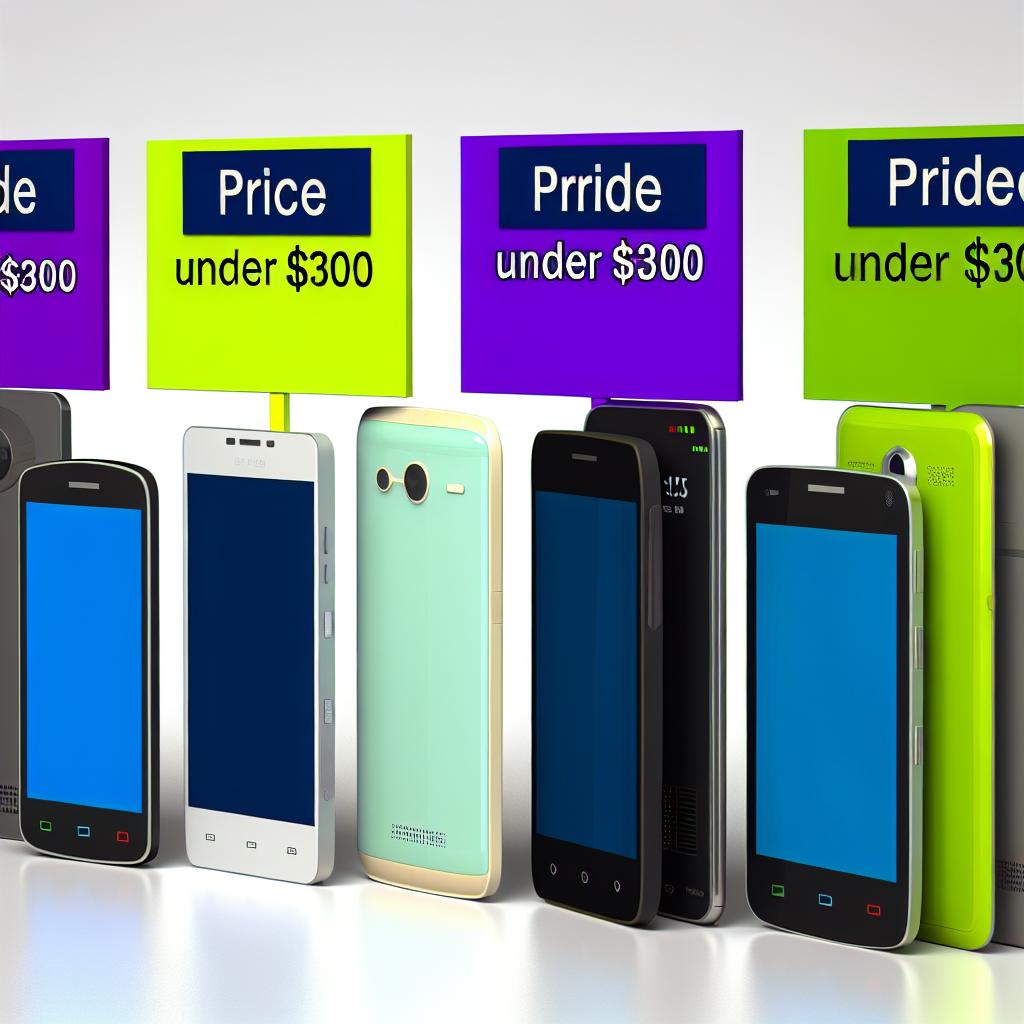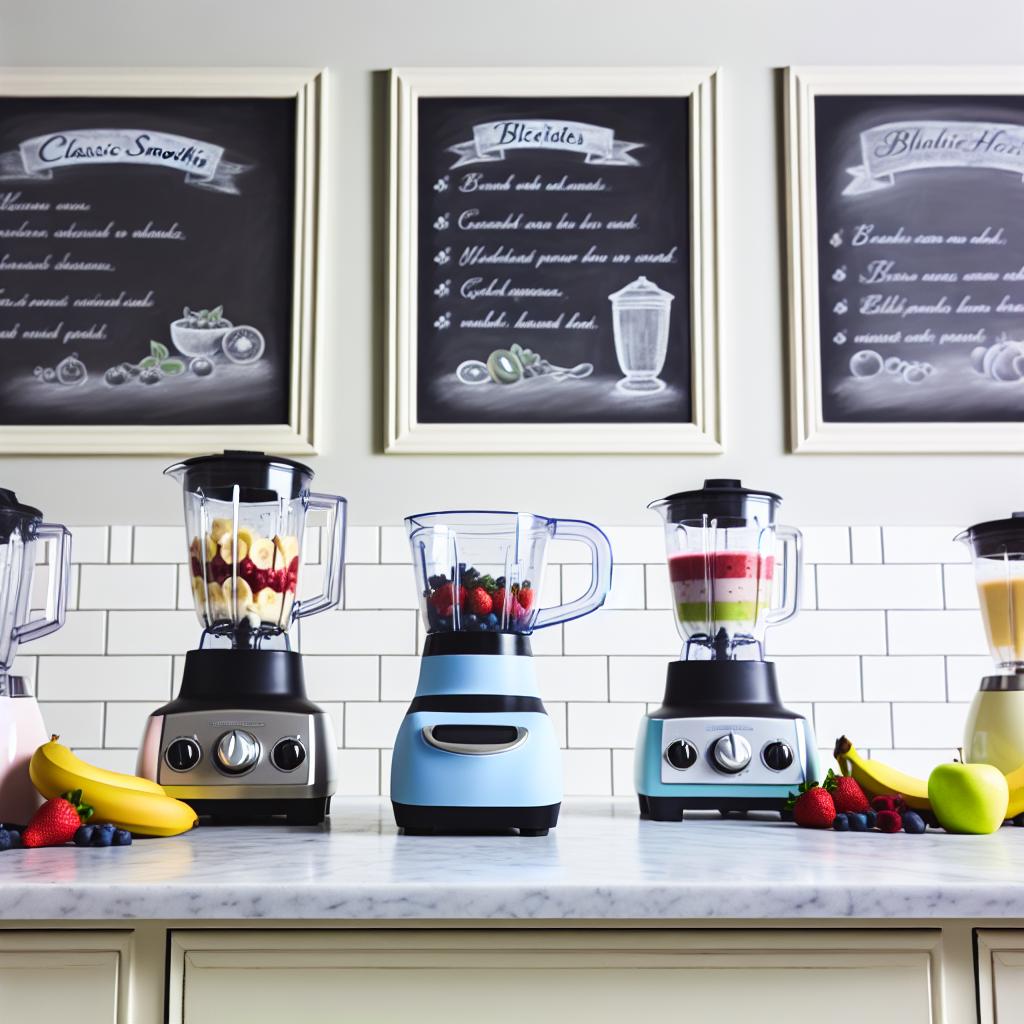Introduction
When it comes to purchasing a smartphone on a budget, the market is flooded with options that offer excellent value for money. For under $300, you can find devices with impressive features, making them a great choice for consumers who want a functional phone without breaking the bank. This article explores some of the best budget smartphones available under $300, highlighting their key features and specifications.
Performance and Battery Life
One of the essential aspects to consider in a budget smartphone is its performance. Many devices in this category now offer robust processors and sufficient RAM to handle daily tasks like browsing the web, streaming videos, and running multiple apps.
For instance, phones equipped with the Qualcomm Snapdragon 600 series or Mediatek Helio G series chipsets typically provide smooth performance for the price range. These chipsets ensure that users can enjoy a relatively hassle-free experience when using applications and performing common tasks. Additionally, these smartphones often come with at least 3GB or 4GB of RAM, allowing for decent multitasking capabilities. This capability is crucial for users who need to switch between apps without experiencing slowdowns or crashes.
Battery life is another critical factor. Most budget smartphones carry batteries ranging from 4000mAh to 5000mAh, providing a full day of usage on moderate use. The focus on battery capacity is particularly beneficial for users who rely heavily on their phones throughout the day. Having a large battery means that users can engage in more activities such as gaming, video streaming, and social media without worrying about running out of power. Some models even support fast charging, adding to their convenience, as this allows users to quickly recharge their devices and get back to their activities without extended downtime.
Display and Build Quality
The display quality has significantly improved in budget smartphones over the years. You’ll generally find devices with IPS LCD or AMOLED panels that offer bright and vibrant displays. These displays ensure that watching videos and playing games on the device is visually appealing, with true-to-life colors and good contrast levels. Screen sizes usually range from 6.2 inches to 6.5 inches, providing ample real estate for media consumption and general use. The larger screen sizes are especially beneficial for those who use their phones for reading or browsing, as they reduce the need to frequently zoom in and out.
Build quality in this segment has also seen upgrades, with many manufacturers opting for a combination of glass and durable plastic frames. This blend of materials offers a good balance between durability and aesthetics, making these phones not only reliable but also visual appealing. You will often find aesthetics being a focus, with phones available in a range of colors and finishes. This variety allows consumers to choose a device that aligns with their personal style and preferences, making the purchase feel more personalized.
Camera Capabilities
While flagship-level photography is not expected in this range, budget smartphones have gradually improved their camera setups. Most devices offer a dual-camera or triple-camera system on the rear, which often includes a primary sensor, a wide-angle lens, and a depth sensor for portrait effects. These cameras allow users to explore different styles of photography, from landscape shots to detailed close-ups, without needing to invest in expensive equipment.
For everyday photography needs, cameras in this segment generally perform well in good lighting conditions, capturing respectable detail and color accuracy. Users can document moments effectively, with images that are sharp and vibrant. Many budget models provide software enhancements like AI scene detection and beauty modes, enhancing the overall photography experience. These enhancements help casual photographers achieve better results with minimal effort, providing additional value to users who enjoy capturing photos but are not professional photographers.
Software and Connectivity
In terms of software, many budget smartphones run on Android with custom skins from manufacturers like Samsung’s One UI, Xiaomi’s MIUI, or Motorola’s My UX. These skins often add unique features and user interface enhancements, offering a distinct experience from the stock Android. While these devices might not always receive the latest updates, they typically offer a user-friendly interface with some customization options. This flexibility allows users to tailor the phone’s interface to their liking, improving the overall user experience.
Connectivity features such as 4G LTE, Wi-Fi, Bluetooth, and even NFC in some models, are standard at this price point. These features ensure that users have a solid baseline of connectivity options for various needs, whether it be fast internet access, wireless audio devices, or mobile payments. However, 5G support is still rare in this category but starting to appear in some newer models. As 5G networks become more widespread, having this technology in budget phones will become increasingly important, enabling faster data speeds and improved network reliability.
Conclusion
Budget smartphones under $300 have come a long way, offering a great balance between price and performance. Whether you require a device for everyday tasks, basic gaming, or decent photography, the market provides a variety of choices to cater to these needs. With continued advancements in processor technology, battery efficiency, and display innovation, the future of budget phones looks promising, ensuring consumer-friendly options packed with value. These improvements make budget smartphones an attractive choice for many users, allowing them to enjoy the benefits of the latest technology without significant financial burden.




